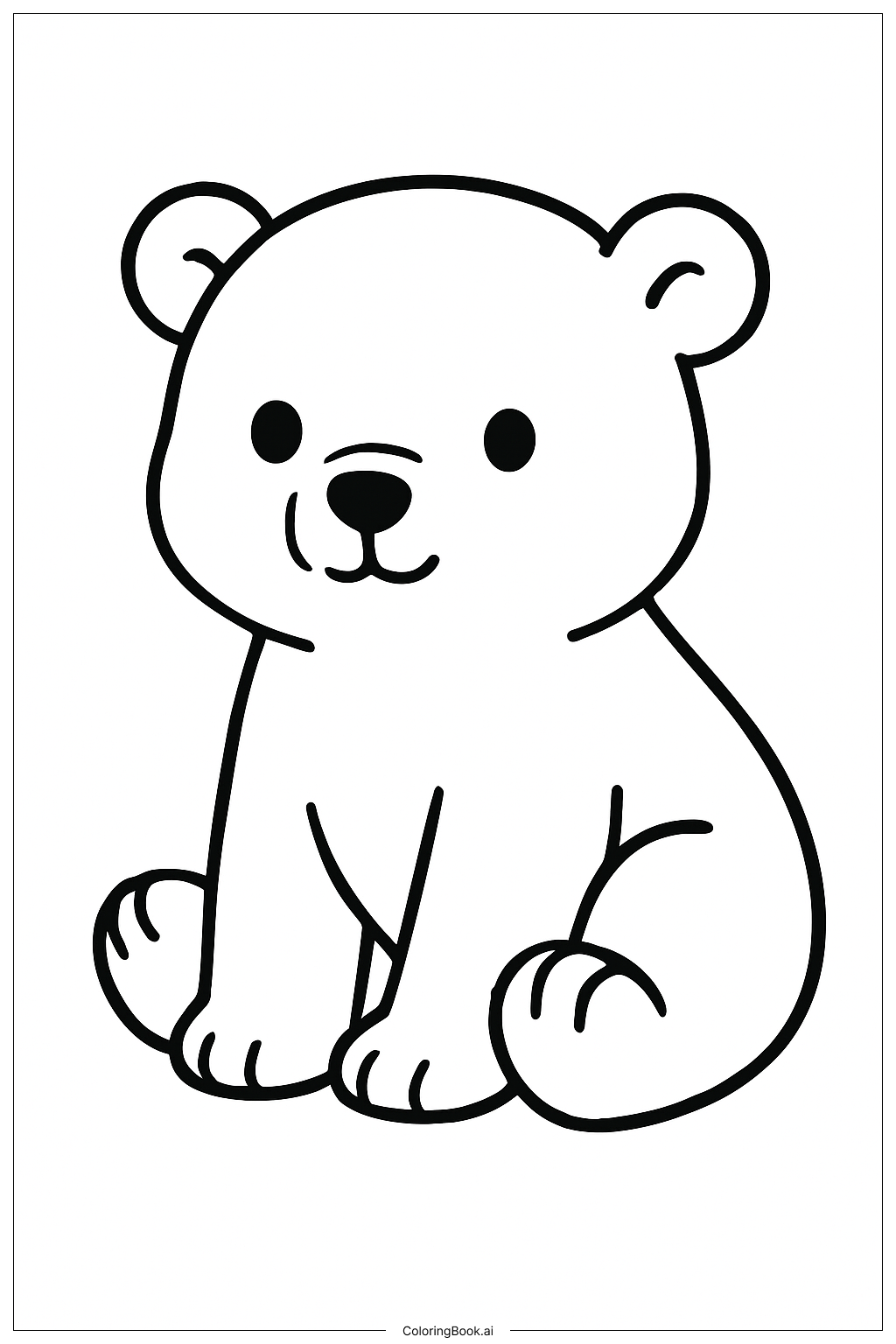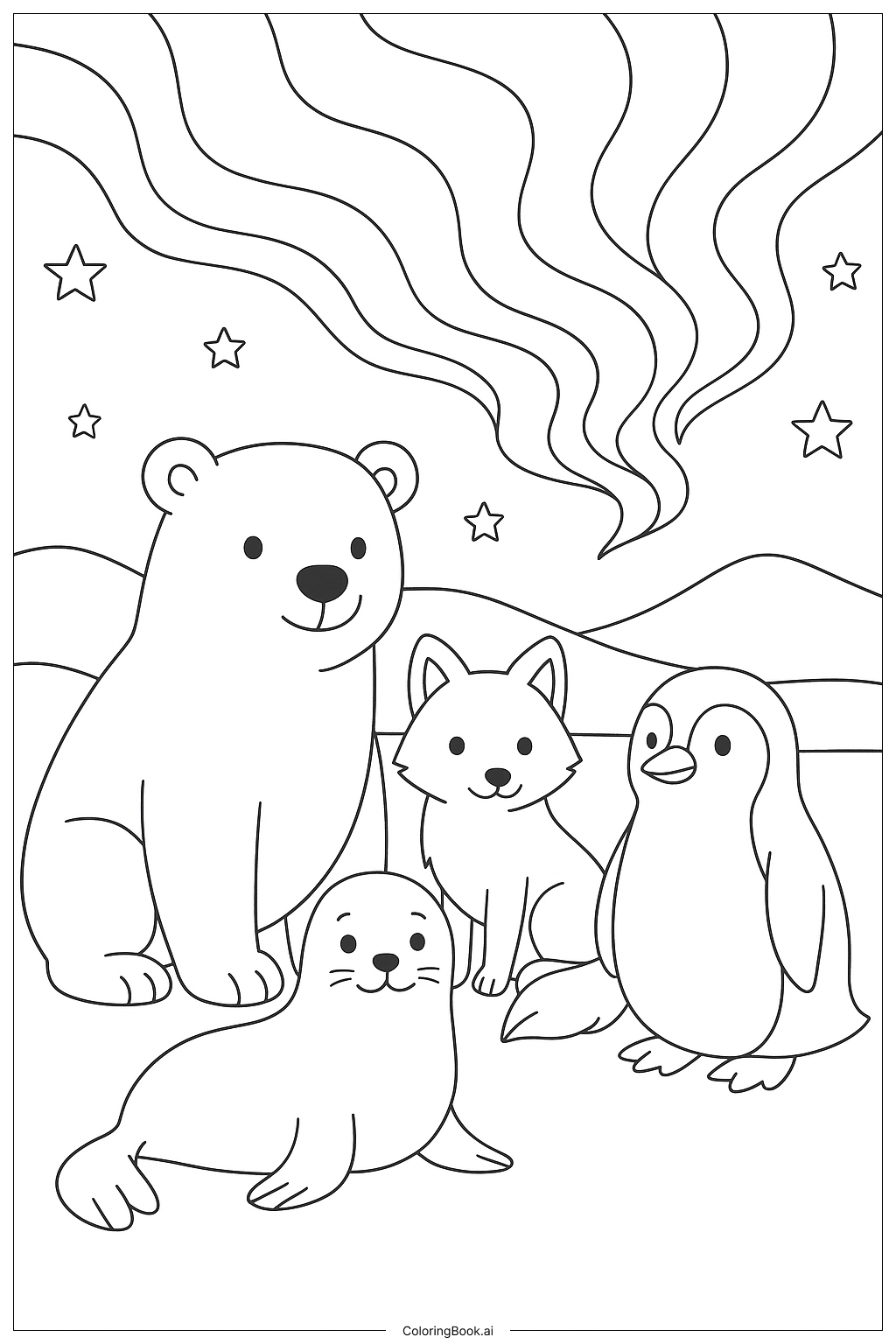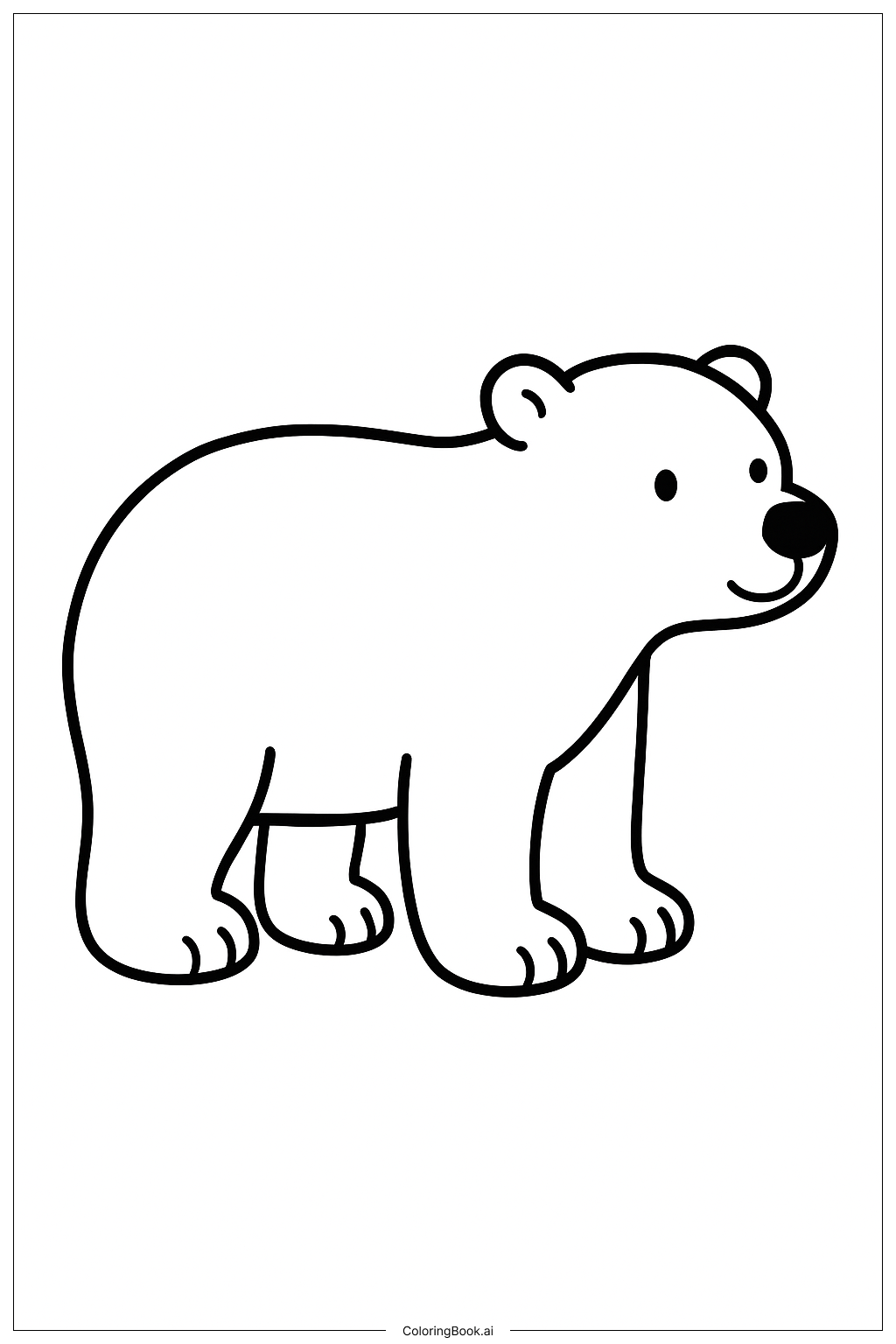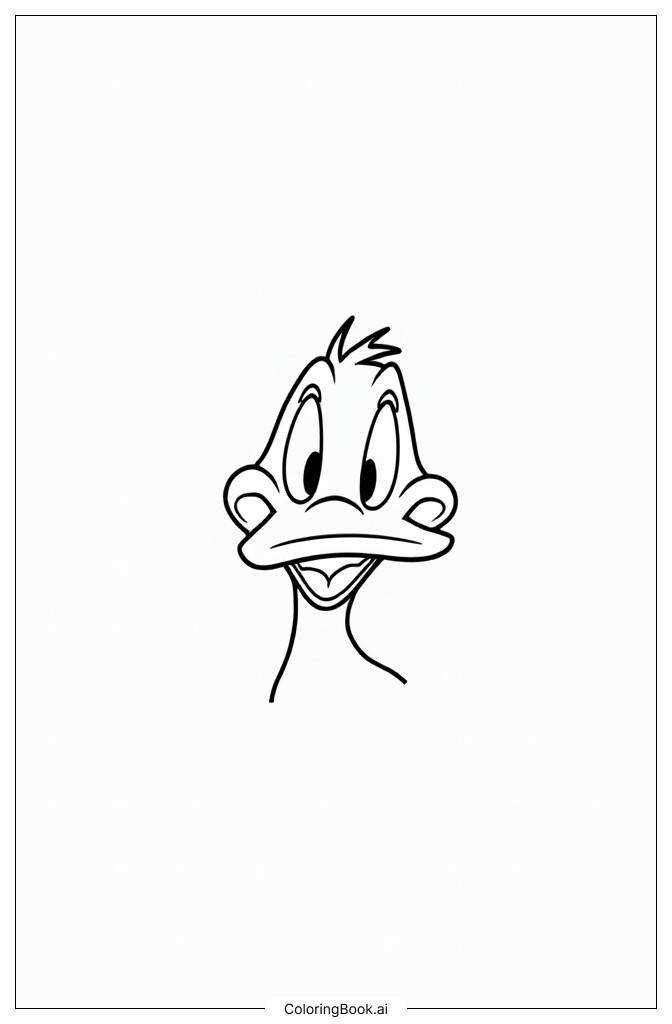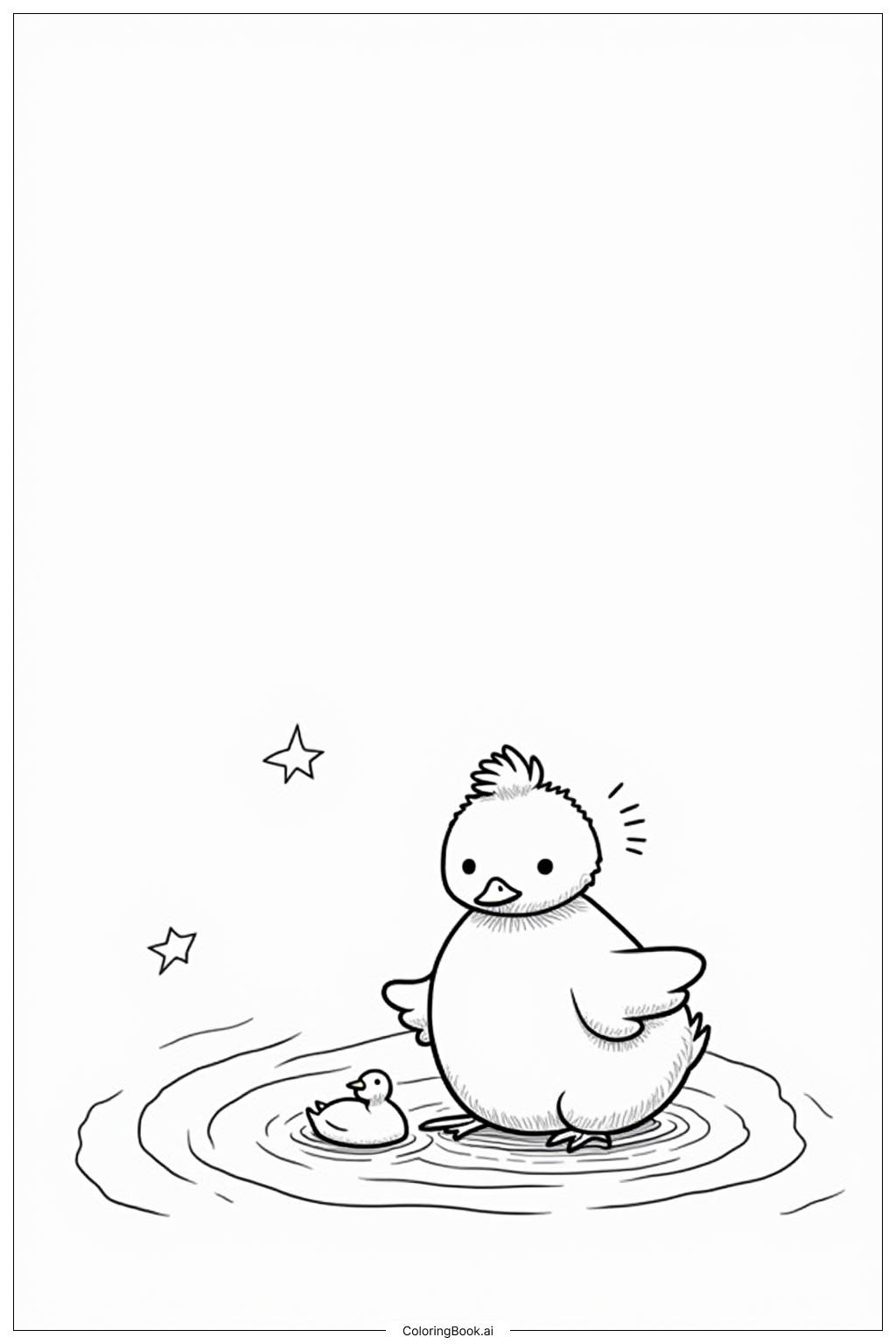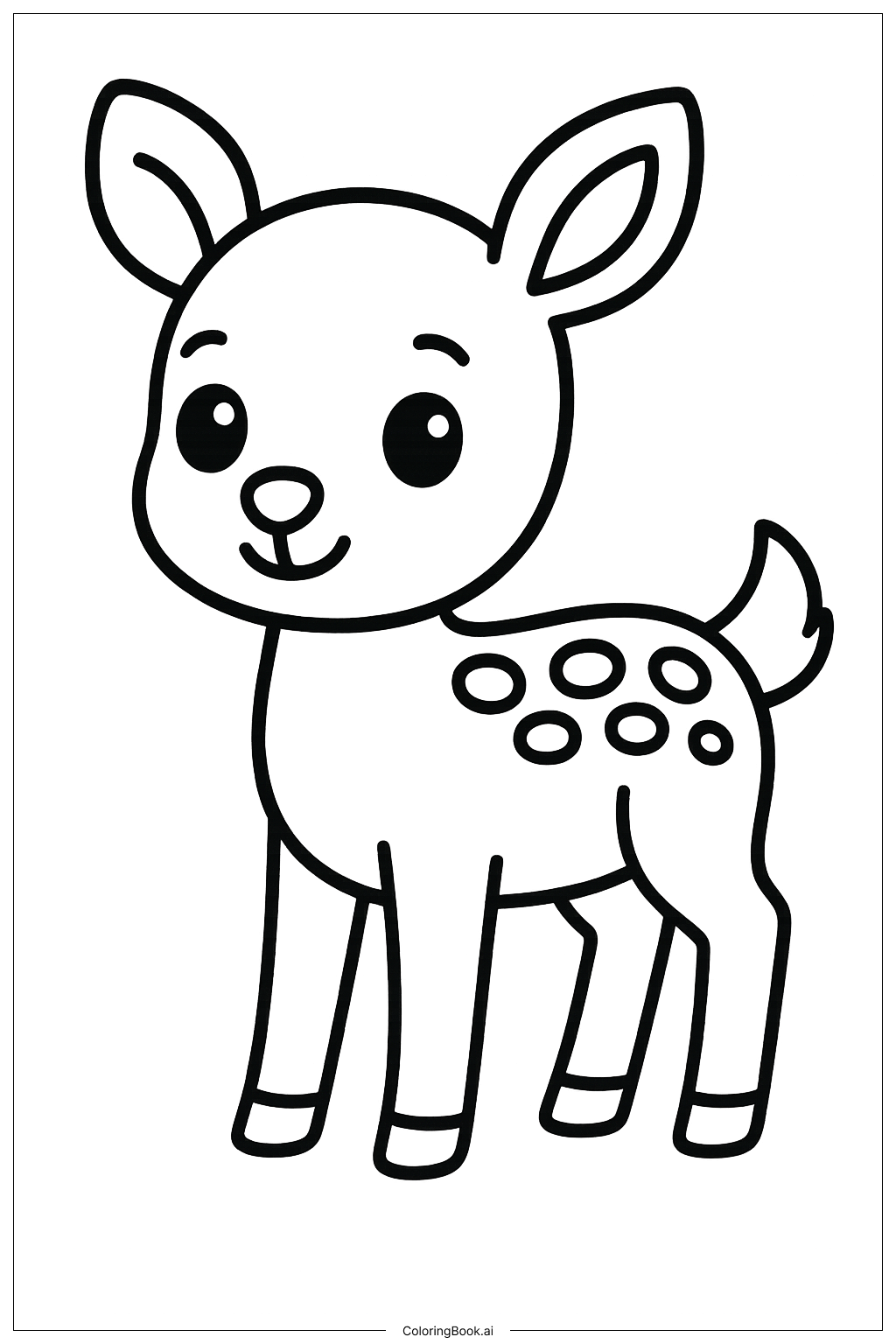Coloring tips: How to color A Walrus and Seal coloring page well?
Use light brown or gray colors to fill the walrus's body and tusks with a slightly darker shade for the whiskers and nose. Color the seal with shades of light gray or white. The water can be colored in different blues to show waves. For the sky, use light blue, and color the clouds white or light gray. The mountains can be colored in soft blues or purples for a cold, icy feel. Try adding light shading to give a sense of depth and make the picture more interesting.
Coloring challenges: Which parts are difficult to color and need attention for A Walrus and Seal coloring page?
1. The walrus's tusks are long and thin, so it might be tricky to color them neatly without going outside the lines. 2. The seal's small whiskers and facial details require careful coloring to keep the features clear. 3. Coloring the waves in the water could be challenging because of their curved shapes and the small spaces between lines. 4. Creating a smooth color transition in the sky and mountains may be difficult for beginners. 5. Balancing colors so the animals stand out but the background stays calm can be a bit hard.
Benefits of coloring books: Advantages of drawing A Walrus and Seal coloring page
Coloring this picture helps children learn about Arctic animals like walruses and seals. It improves their fine motor skills as they carefully color small details like whiskers and waves. It also encourages creativity when choosing colors for the animals and background. Coloring this scene can be relaxing and fun, helping children focus and enjoy the process. Additionally, it teaches them about nature and cold climates in a playful way.

